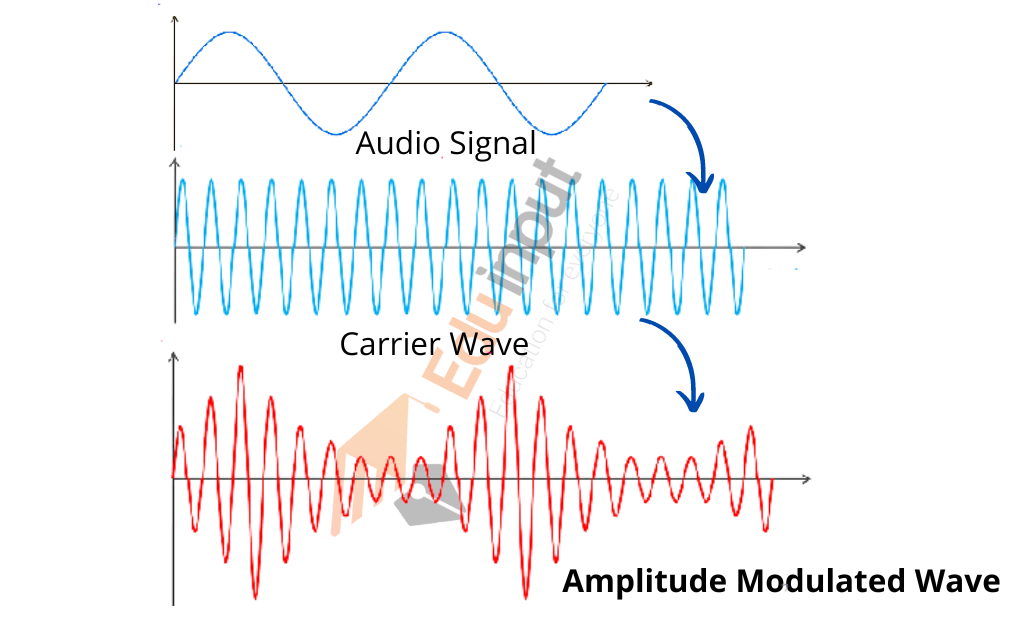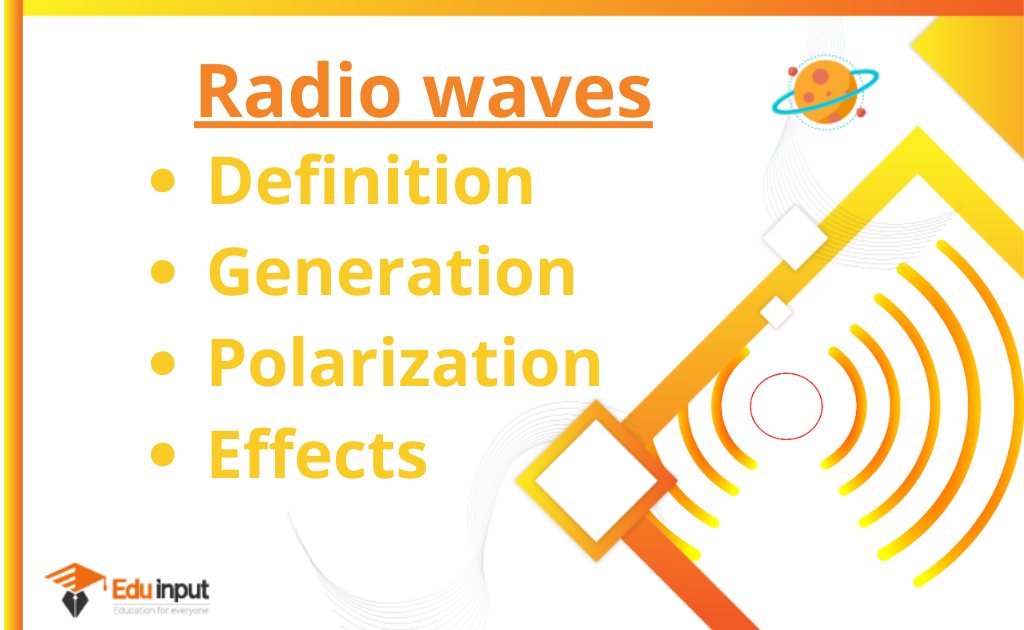Ultraviolet Radiation (UV Radiation)-Definition, Visibility, Artificial Source, And Effects
Ultraviolet radiation is electromagnetic radiation shorter in wavelength than visible light, but longer in wavelength than X-rays, and has a corresponding Frequency of around 30 PHz.
What is Ultraviolet Radiation?
The Sun emits this radiation at a wavelength of around 120 nm (which is around 4 times the wavelength of visible light), which is also known as the ‘ultraviolet A’ wavelength range. UV radiation is harmful to human skin, causing burns and other damage.
UV radiation can also cause eye problems such as cataracts, macular degeneration, and age-related changes to the lens. As the Earth’s ozone layer continues to recover, people are becoming increasingly more exposed to Ultraviolet radiation.
UV radiation is invisible to the human eye, but when it falls on certain materials, it may cause them to emit lower-energy radiation, such as visible light. Many insects are able to see ultraviolet radiation.
Visibility of Ultraviolet Radiation
The rays of the sun are not visible to most people. The human eye has a lens that blocks most radiation in the wavelength range of 300– 400 nm, while the shorter wavelength is blocked by the cornea. Children and young adults can see ultraviolet under certain conditions, and people without a lens can see near-UV. Smaller birds have “true” UV vision because they have a fourth color receptor for ultraviolet rays and eye structures that transmit more UV.
Artificial Sources of Ultraviolet Radiation
There are many sources of Ultraviolet radiation. Some of them are explained below.
Black lights
There is a lamp that emits long-wave UV-A radiation and little visible light. fluorescent black light lamps work similarly to other fluorescent lamps, but use a phosphor on the inner tube surface which emits UV-A radiation instead of visible light.
The purple glow given off by these tubes is not ultraviolet itself, but visible, because some lamps use a deep-bluish-purple Wood’s glass optical filter that blocks almost all visible light with wavelengths longer than 400 nanometers. When operating, other black lights use plain glass instead of the more expensive Wood’s glass, so they appear to be light-blue to the eye.
Short-wave ultraviolet lamps
Short wave UV lamps are made using a fluorescent lamp tube with no phosphor coating, which is composed of fused quartz or vector since ordinary glass absorbs UV-C. Due to the mercury within the lamp, these lamps emit ultraviolet light with two peaks in the UV-C band at 253.7 and 185 nm, as well as some visible light.
Ultraviolet LEDs
The cheaper and more common 395 nm UV LEDs operate at their peak wavelength, but they also give off a purple color and end up not emitting pure UV light, unlike other UV LEDs that are deeper into the spectrum.
Ultraviolet lasers
Gas lasers, laser diodes, and solid-state lasers can be manufactured to emit ultraviolet rays, and they are available that cover the entire UV range. The nitrogen gas laser emits a beam with mostly UV light. The strongest ultraviolet lines are at 337.1 nm and 357.6 nm in wavelength.
A type of high-power gas laser is called an excimer laser. The lasers emit in the ultraviolet and vacuum ultraviolet wavelength ranges. Integrated circuit production by photolithography uses UV-fluoride excimer lasers at a wavelength of 193 nm.
Effects of UV Radiation on human health
The effects of ultraviolet radiation on human health have implications for the risks and benefits of sun exposure and are also implicated in issues such as fluorescent lamps and health. Sun exposure is beneficial in moderation, even if you get too much sun exposure.
Beneficial effects
There is no doubt that sunlight is beneficial for you. 5–15 minutes of casual sun exposure to hands, face, and arms two to three times a week during the summer months is sufficient to keep your vitamin D and E levels high. Excess sun exposure can cause harmful effects, however, it can also be obtained from food and supplements. Serotonin is produced by the body in response to the amount of bright sunlight it receives.
Harmful effects
Acute and chronic harmful effects on the eye’s dioptric system and retina can be caused by excessive exposure to UV radiation in humans. The risk is elevated at high altitudes and people living in high latitude areas where snow covers the ground right into early summer and sun positions are low, are particularly at risk.







Leave a Reply